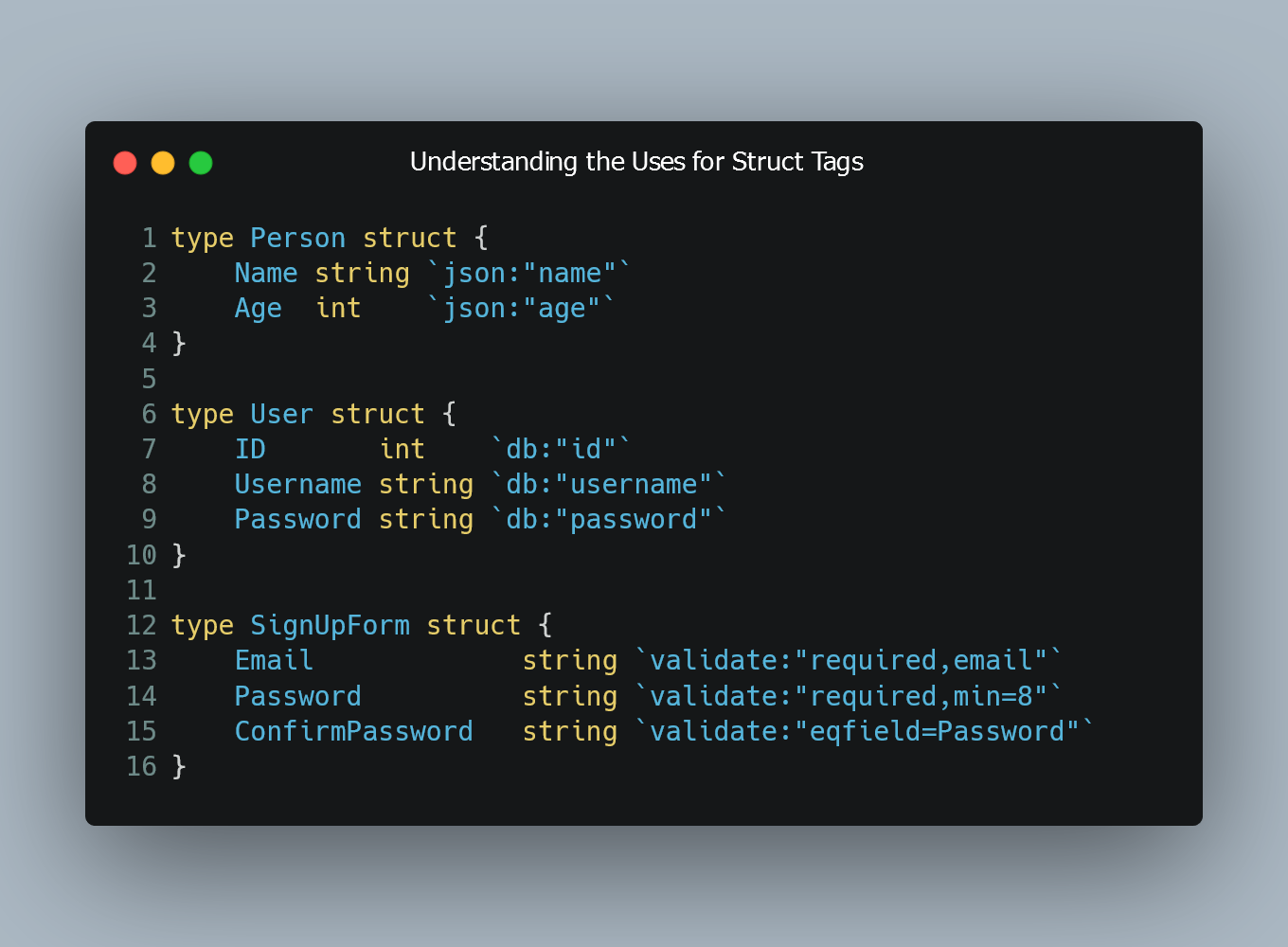
GO
Efficient and statically-typed programming language designed for scalability, concurrency, and simplicity, perfect for building high-performance web services and applications.
Created on
Mar 4, 2023
11
Posts
9
Followers
Deploy a Golang App to Interact with the Kubernetes API
I was curious on how a application running on kubernetes can get access to Kubernetes API's so that the application can get access to retrieve informa...
Converting an Int Value to String
To convert an integer value to a string in Go, you can use the strconv package, which provides functions for handling string conversions.
Using strcon...
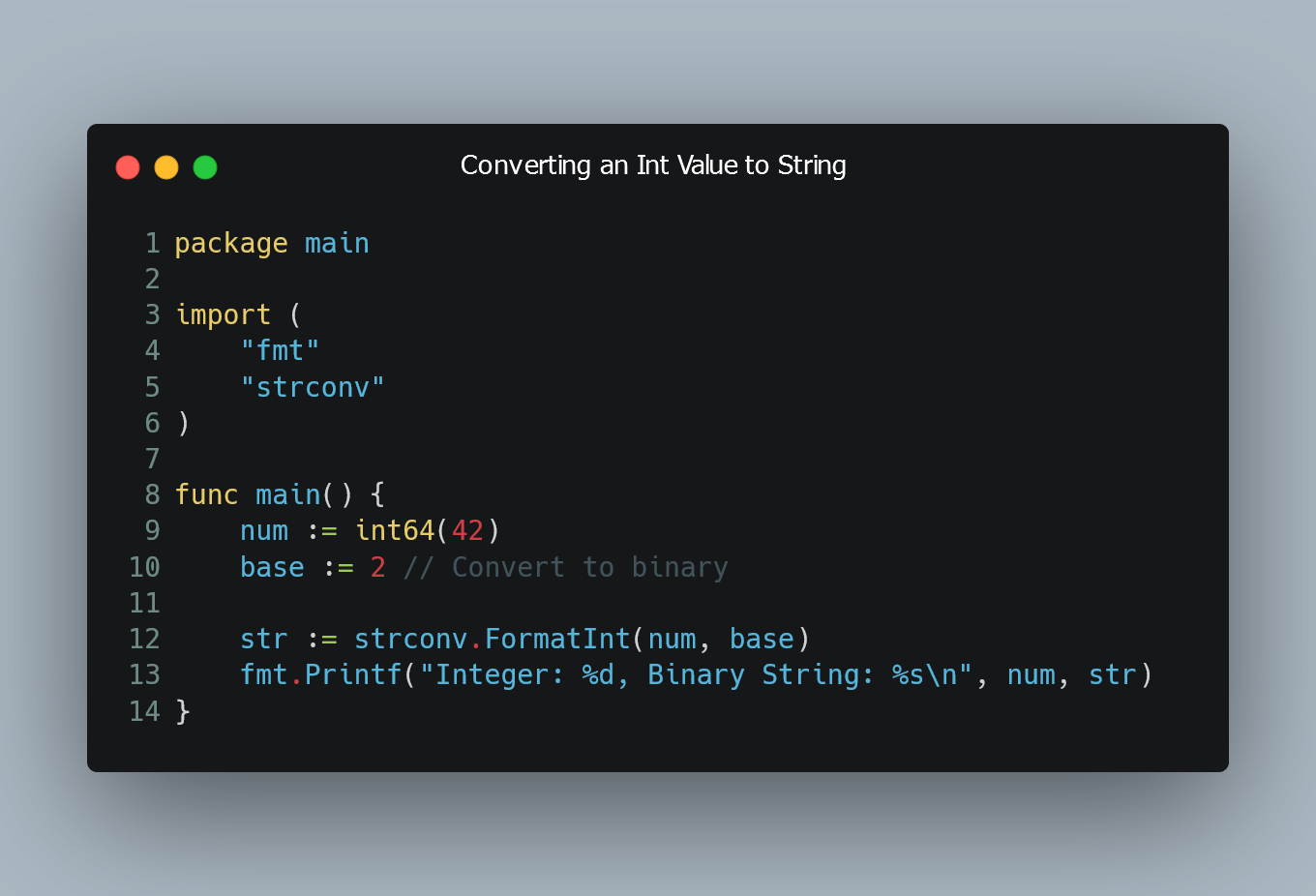
Writing Multiline Strings
In Go, you can create multiline strings using backticks (``) or the newline escape character (\n).
Using Backticks (``)
Backticks (``) are a convenien...
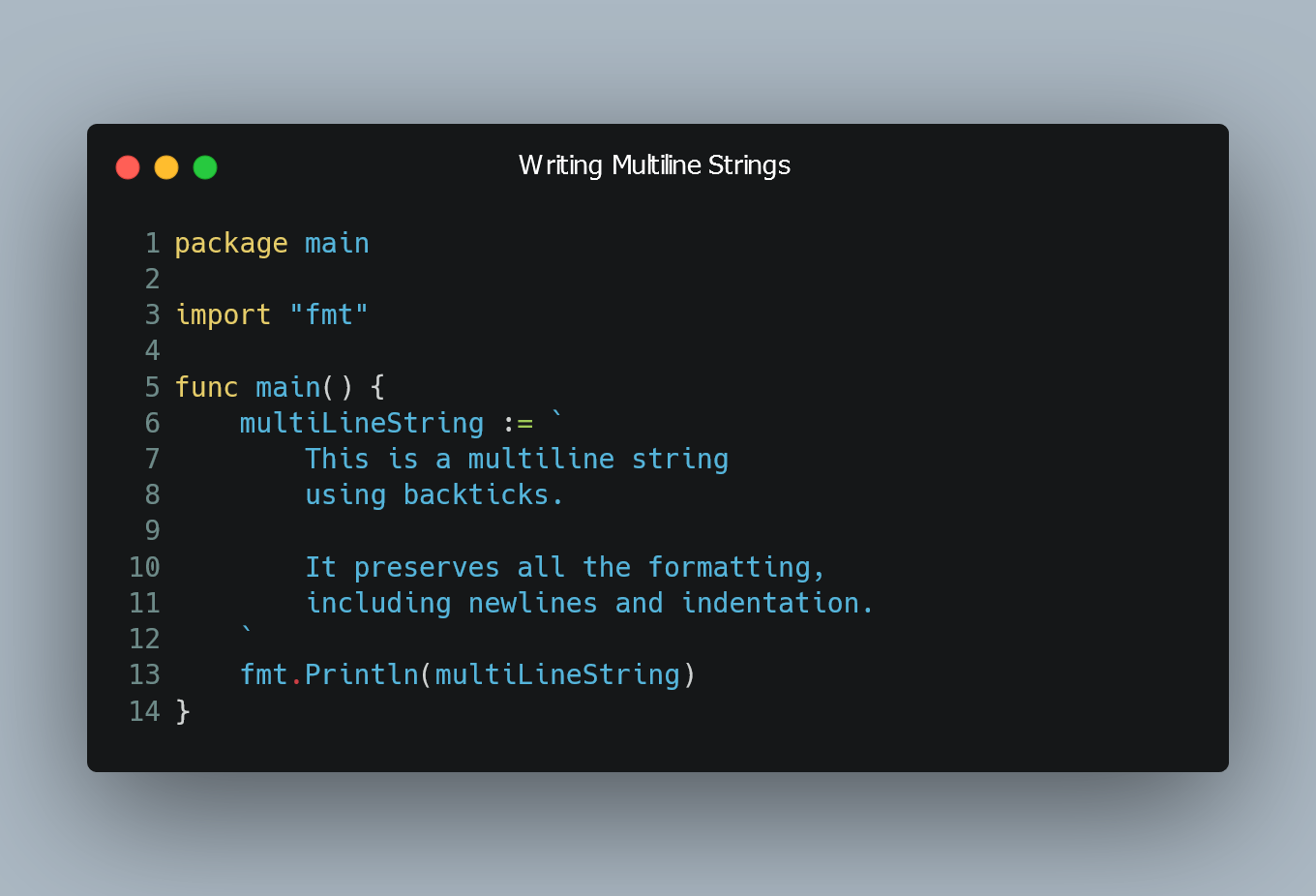
Foreach Loop in Go
Go does not have a traditional foreach loop like some other programming languages. Instead, it uses a range-based iteration method to loop over elemen...
Checking if a Map Contains a Key in Go
To determine whether a map contains a specific key in Go, we can use the built-in map functionality.
Using the Comma Ok Idiom
In Go, the comma ok idio...
Converting Slices of Interfaces
Type converting slices of interfaces in Go allows us to work with specific types contained within an interface slice.
Interface Slice and Concrete Typ...
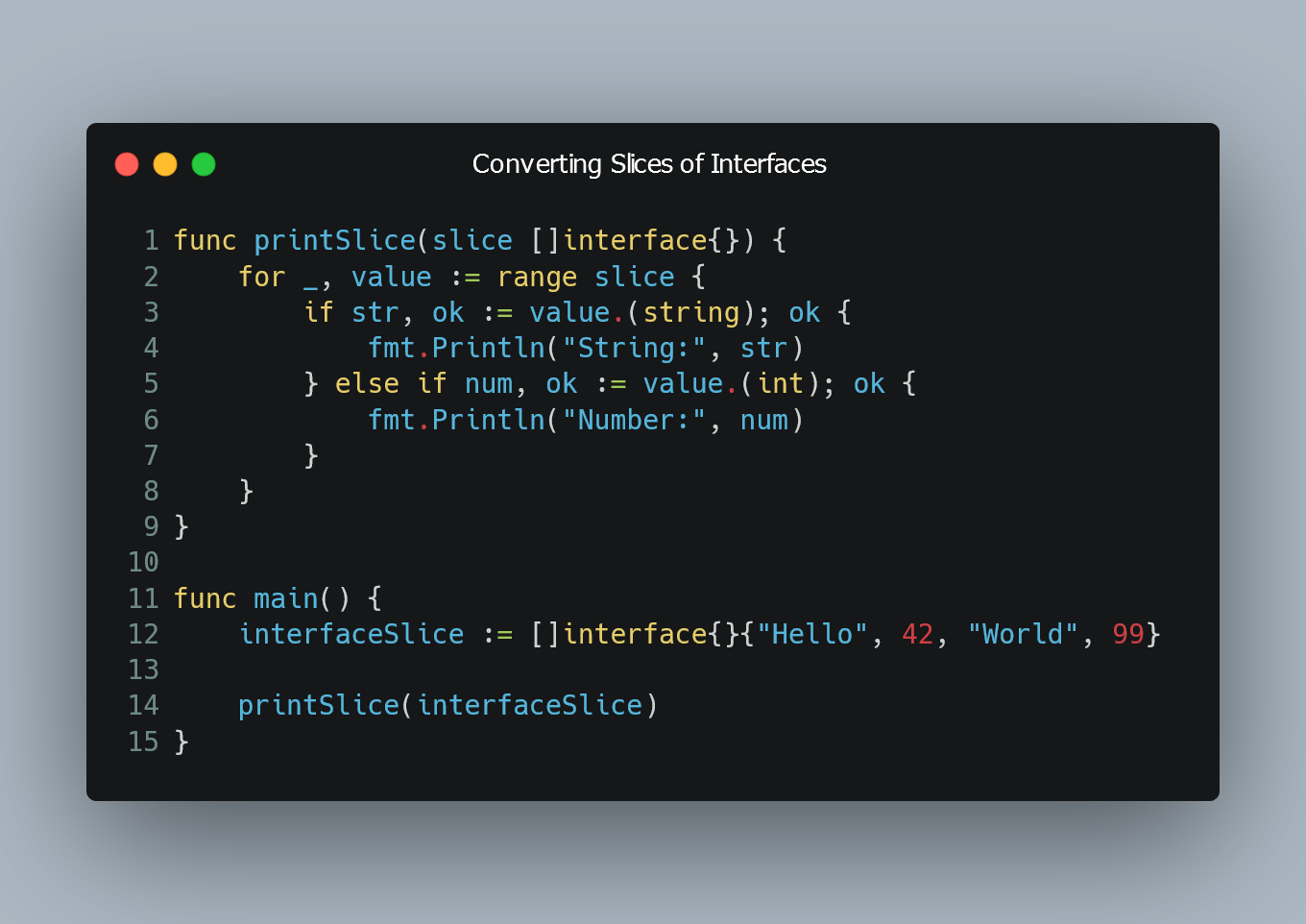
Concatenate Two Slices
In Go, you can concatenate two slices to create a new slice that contains elements from both original slices.
Using Append
The append() function in Go...
Efficient String Concatenation
String concatenation is a common operation in programming, and in Go, there are several methods to efficiently concatenate strings.
Using the + Operat...
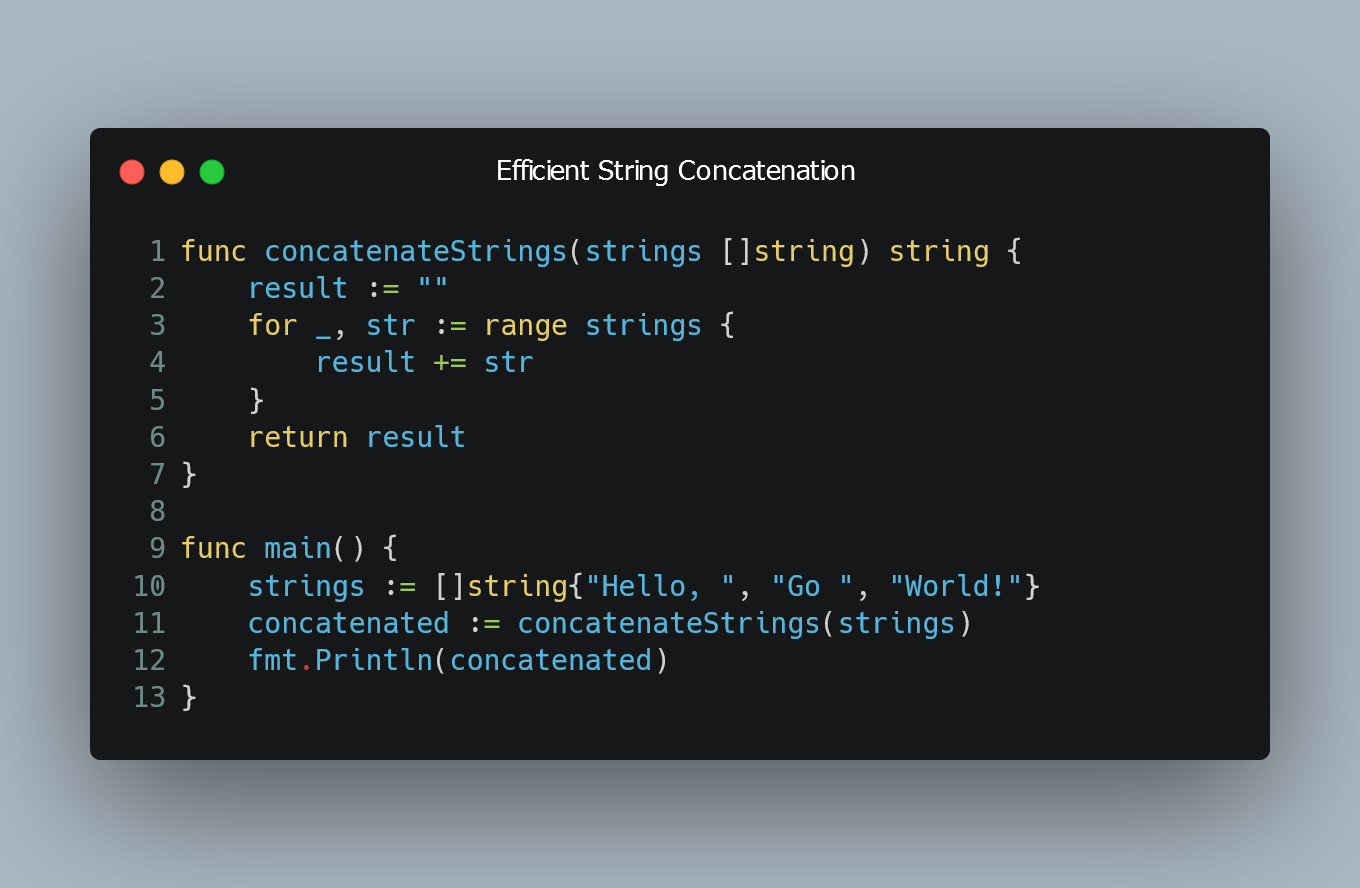
Representation of Enums in Go
In Go, there is no built-in enum type like in some other programming languages. However, there are idiomatic ways to represent enums using constants a...
Understanding the Uses for Struct Tags
Struct tags are essential for many packages and are extensively used in libraries like encoding/json and database/sql. Struct tags are specified using...
